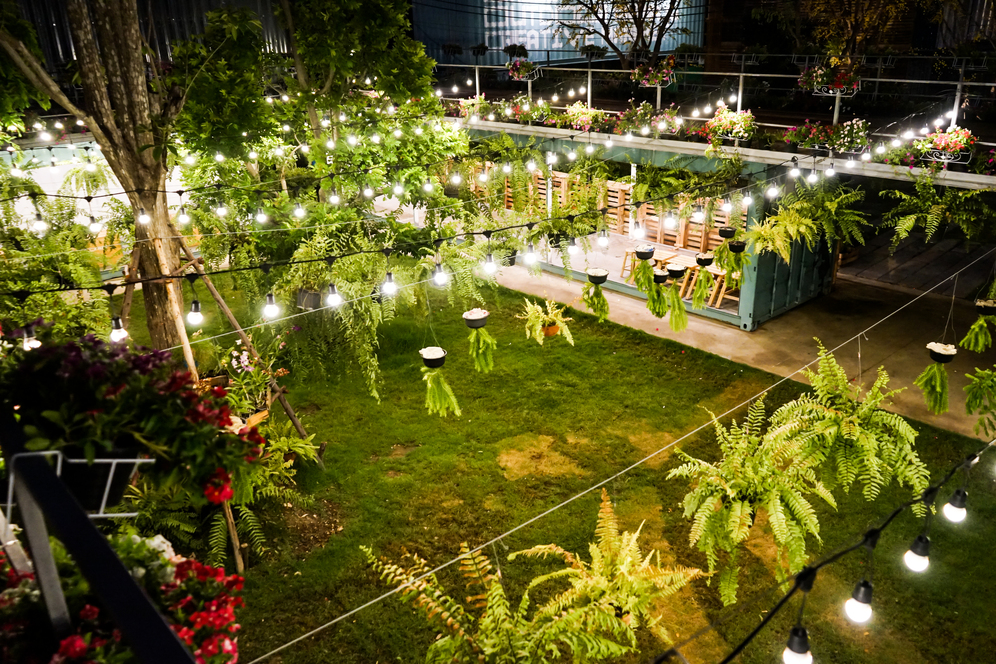Lighting Options for Garden Landscaping
Winter is on the way, meaning the sun will start setting early. There will be darkness all over, giving an oppressive feeling. And this will impact your garden landscaping as well. In winter, moving in and around your garden will be challenging if the lighting isn’t proper. So, when designing your garden landscape, make sure there are lights everywhere and in every corner so that your garden illuminates and you can relax outside. You can even enjoy bonfire nights if your garden landscape is beautifully illuminated.
Not just light, but their installation also matters. You cannot just fix the lights randomly and expect that your garden landscape will look good. For light installation, you should seek help from a garden landscaping company. Professionals know what types of lights to install and how to install them in a particular garden area.
There are several lighting options for garden landscaping. But, a few among them are commonly preferred. We will list the common ones below.
String lighting– As the name suggests, string lighting is soft, low-voltage bulbs that are strung outside over a table or gathering area, especially where you might enjoy a meal with your family or play games with your kids.
When looking for string lighting, make sure it’s waterproof, traditional battery-powered or solar-powered with long-lasting LED bulbs. The solar-powered lights come with their own solar panel for recharging during the day.
Other than this, you should consider string lights with no wires or extension cords to avoid feet tripping over.
Security lighting– As one of the brightest lighting options for garden landscaping, security lighting is for safety. It illuminates large swaths of the house exterior, warding off potential burglars or animals.
With the help of professionals from a garden landscaping company, you should install security lighting on high spots among the eaves or garages to cast wide beams of light.
The best security lighting to purchase is motion-activated flood lights. These lights depend on constant motion to keep them in use. Security lighting might not illuminate your garden space like other lighting options but will keep it safe.
Spot lighting– Often referred to as “up-lighting” or simply landscape lighting, the spot lighting is installed for showcasing a plant or ornamental features, such as a pond, waterfall, etc.
To illuminate larger objects, you should purchase bullet-shaped lights, and to illuminate shrubbery or hedges or any other smaller features, you should purchase smaller, round lights called “well lights”.
Typically, well lights are buried in the ground, casting up light to highlight any feature you are looking to highlight.
Path lighting– Just like its name, path lighting helps pedestrians navigate sidewalks while highlighting them attractively. The path lighting ranges from soft to moderately bright and is available in low-voltage and solar LED options.
For a low-voltage path, you will need a transformer that reduces the current. But, if you are using an energy-saving solar version of the path lighting, you will not require extra wires and the lights will stay bright for several hours due to a rechargeable solar battery or remote solar panel.
Lighting is important in garden landscaping design. It’s said that the design is incomplete if the lights aren’t installed properly. So, work with a reputable garden landscaping company and complete its design, including the right light.

